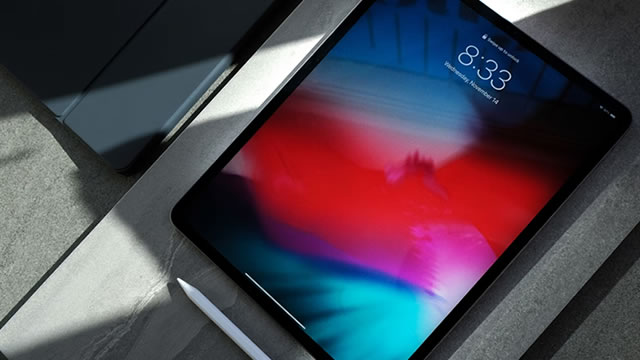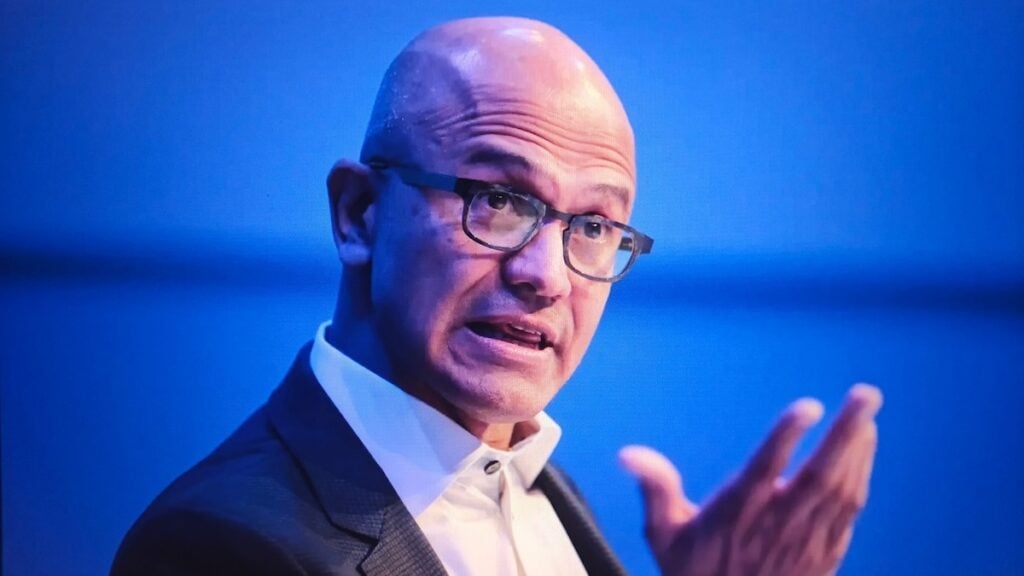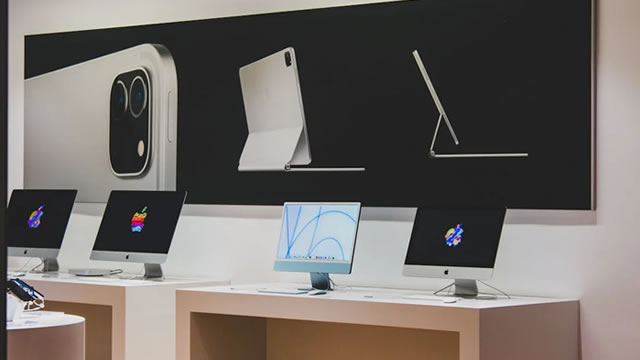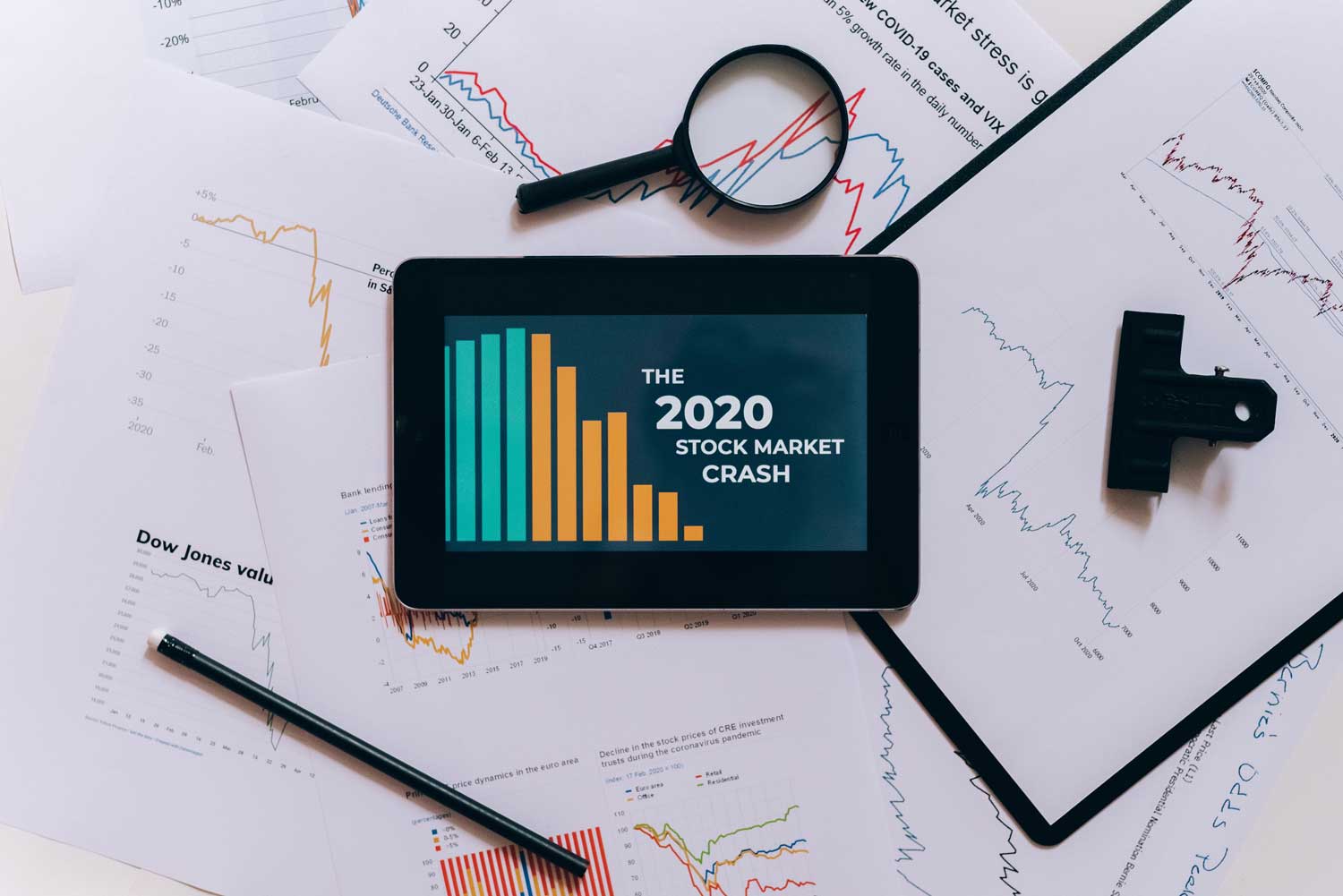Why I Am Buying Alphabet Over Microsoft
Alphabet is recommended as a buy over Microsoft (MSFT) due to superior revenue growth and investor tolerance for high capital expenditure. GOOG's 2025 outperformance is driven by 34% YoY Google Cloud growth and a growth-sensitive profile favored in the current AI cycle. MSFT's returns are more tightly linked to margin expansion, but aggressive CapEx is penalized by the market, threatening short-term margin growth.
Read MoreOpenAI Eyes Up To $100 Billion Fundraise At $750 Billion Valuation As ChatGPT Maker Lays Groundwork For Potential $1 Trillion IPO: Report
OpenAI is in early talks to raise up to $100 billion at a $750 billion valuation, while also preparing for a potential $1 trillion IPO and exploring strategic investments with Amazon.
Read MoreSatya Nadella Wanted To Play This Sport And Be A Banker, But Not Getting Into A Top Indian School Paved The Way For Him To Become Microsoft CEO
Satya Nadella's path from aspiring cricketer and would-be banker in India to Microsoft CEO was shaped by missing out on IIT, emigrating to the U.S., and finding opportunity at Microsoft, where early setbacks helped define his leadership and the company's revival.
Read MoreSatya Nadella Wanted To Play This Sport And Be A Banker, But Not Getting Into A Top Indian School Paved The Way For Him To Become Microsoft CEO
Satya Nadella's path from aspiring cricketer and would-be banker in India to Microsoft CEO was shaped by missing out on IIT, emigrating to the U.S., and finding opportunity at Microsoft, where early setbacks helped define his leadership and the company's revival.
Read MoreApple announces changes to iOS in Japan
CUPERTINO, Calif.--(BUSINESS WIRE)--Apple® today announced changes impacting iOS apps in Japan to comply with the Mobile Software Competition Act (MSCA). These updates create new options for developers to distribute apps on alternative app marketplaces and to process app payments for digital goods and services outside of Apple In-App Purchase. Across these changes, Apple has worked to reduce new privacy and security risks the law creates to provide users in Japan the best and safest experience.
Read MoreApple's ATT leads to significant revenue losses for SMEs
Apple's data protection measure "App Tracking Transparency" (ATT) strengthens user privacy, but causes significant revenue losses in e-commerce, especially for small and medium-sized enterprises (SMEs). The reason for this is the mandatory opt-in for users introduced by ATT.
Read More















